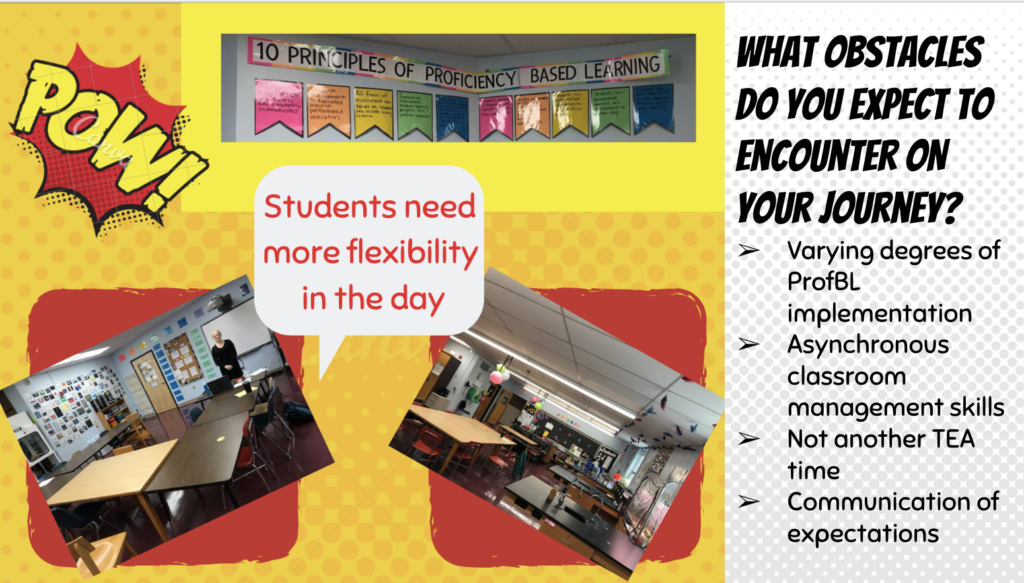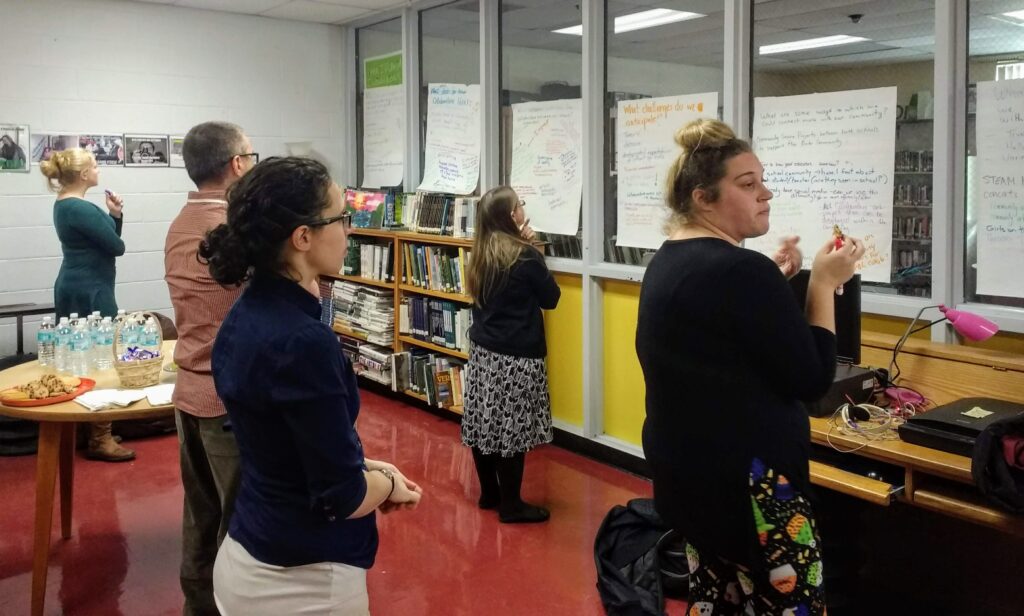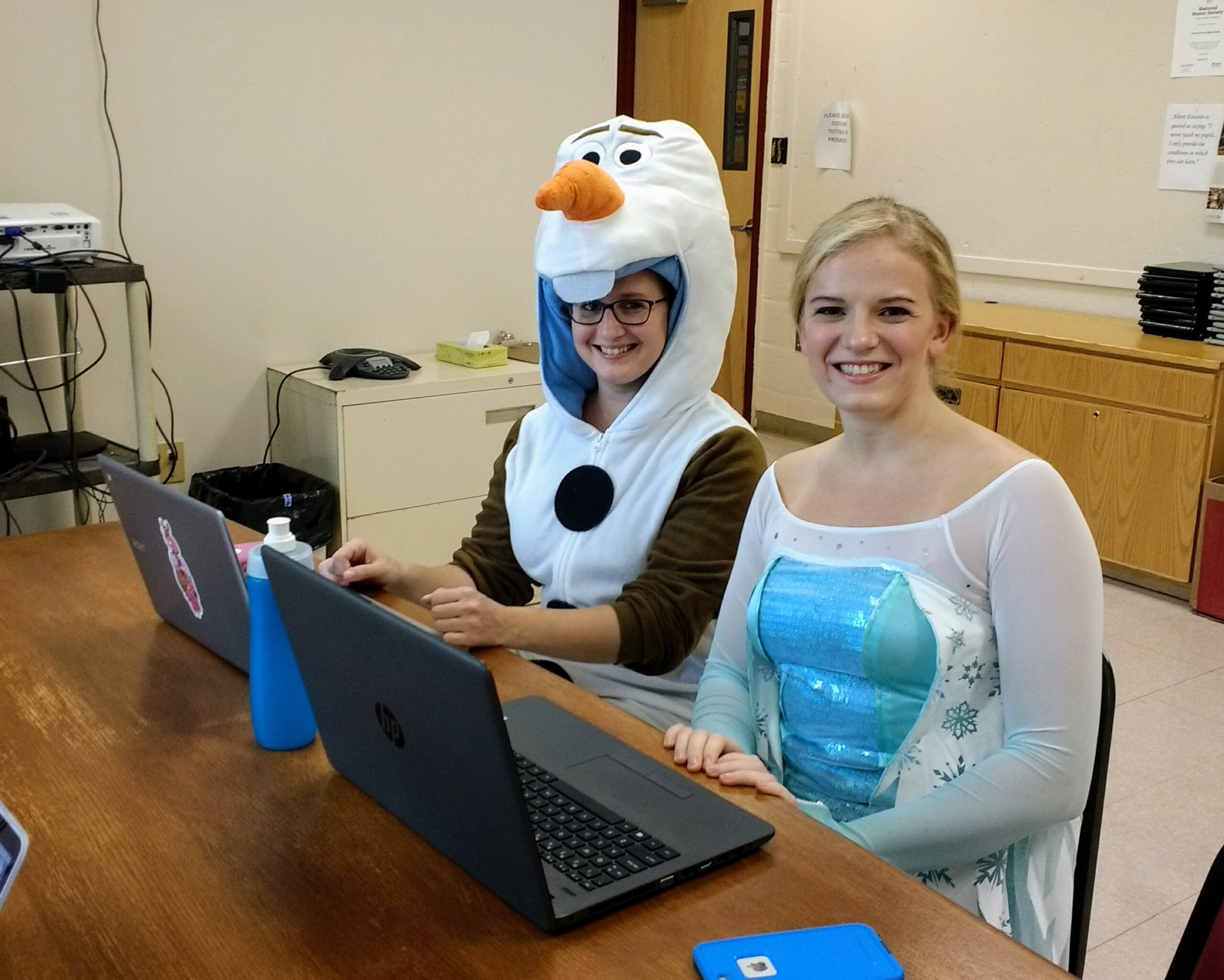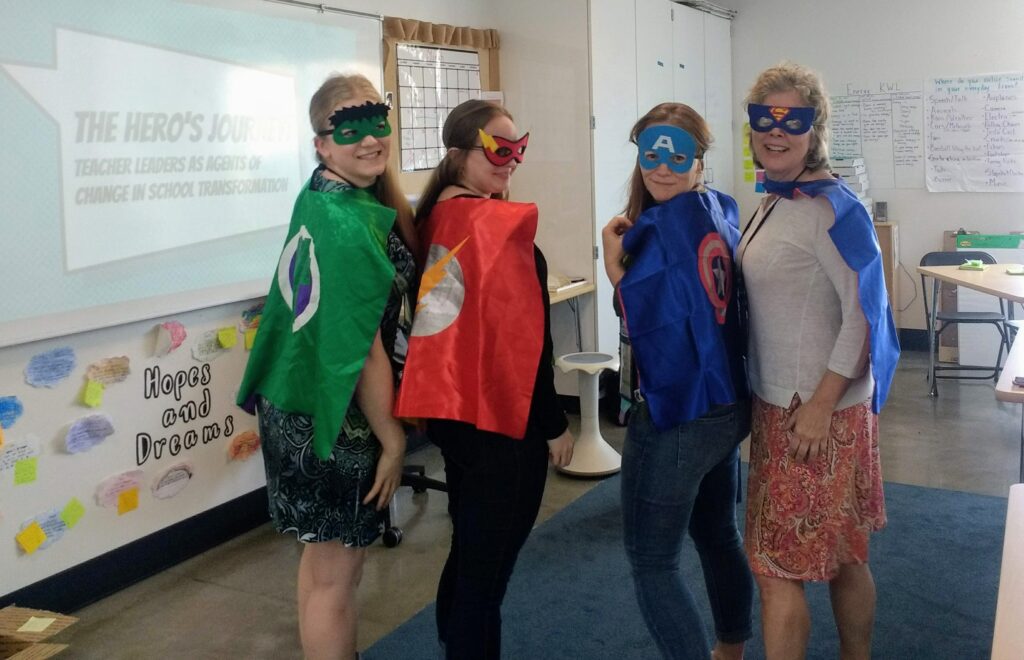Teacher Leaders are agents of innovative school change
Situated in the heart center of education, teacher leaders are the true heroes of the education system.
Your vision and passion lead the quest for deeper learning and transformation. Your intuition and experience guide your path.
But what happens when you see the way to bring more meaningful and relevant learning experiences to your students, yet challenges and obstacles litter your path?
Maybe you’ve been there?
I have. So have many of the amazing teachers I get to work with. So along the way, I’ve been collecting some tools and tips to pave the way for triumph (think: secret treasure map). I want to share them with you here.
To be clear, when I call you a hero I don’t mean to call you a savior or a tireless model of perfection. What I mean is more along the lines of what Cornelius Minor describes in his book, We Got This: Equity, Access, and the Quest to Be Who Our Students Need Us to Be: an imperfect and weary change-agent who is working to improve your own teaching, schooling, and the world. Heroes don’t always get it right the first time, and they get tired and hungry. But they rise again. And again.
So, teacher leaders, get ready for your quest. We’ve got your back.
Act 1: The Call to Adventure
For every hero who is called to adventure, the quest must be worthy. The ring called Frodo, the ocean called Moana, the Force called Luke, and home called Dorothy. These aren’t small potatoes: in order to leave the comfort of their warm, safe hearths, the call must be worthy. Much will be at stake.
For educators, we are perpetually reinventing our curriculum and our approach to better meet the needs of our students. I don’t think I ever taught the same unit twice – or at least the same way I’d taught it the previous time. It can be exhausting to be in a constant state of reinvention, yet at the same time, it can also be invigorating.
Kinda sounds like a call to adventure, right?
Alena Wehof and Sarah Marcus teach science at Proctor High School and were early adopters of a proficiency-based learning system. After a couple of years of implementing self-paced proficiency-based learning in their classrooms, they were beginning to feel the constraints of their school’s bell schedule. Their call came in the form of a question: “How could a flexible schedule, within a school day, create opportunities for personalization and help students meet their graduation proficiencies?”
This question launched them into their own quest and has been a rich and deeply rewarding experience. But it hasn’t been without its own riddles or labyrinths either.
We can learn a lot from their quest, but before we begin,
What’s calling you to adventure, teacher leader?
Have you been wondering what it would be like if you moved part of your curriculum outdoors? Are you considering what would happen if you let students take on responsibility for running the daily routines of your classroom? Thinking about how those Genius Hour projects are going really well and you’re grappling with how to make more of the learning time that self-directed?
What is it that’s got you thinking, ‘what if…’? C’mon, tell us, teacher leaders!
Act 2: Lions and Tigers and Bears Oh My
Setting out on your adventure is always exciting at first. Your idea is glimmering, waiting for implementation, just ahead. The path is paved with yellow bricks that seem to sing to you as you set out…
And then.
Trials and tribulations. Unforeseen obstacles. Caves. Dragons. Poppy fields. Riddles. Know unknowns. Unknown unknowns.
For Alena and Sarah, they took a wrong turn in the labyrinth when they proposed a schedule change to their colleagues. While their colleagues were open to new ideas, they were perplexed by this suggestion.

Because Sarah and Alena were deep into developing a student self-paced curriculum, they could clearly see how shifting time could benefit students. Yet a schedule change wasn’t high on their colleagues’ priority list: Sarah & Alena were trying to solve a problem that their colleagues weren’t experiencing.
Because a schedule shift would impact everybody, and not everyone was yet on board, Alena and Sarah recognized they need to take a different path in their pursuit of personalized learning. And they needed everybody on board.
Out of their Hero’s Knapsack, they pulled…
Oh, if it was only that easy!
But I do have a tip for you here, and it comes from educational coaching expert Elena Aguilar: When you come up against unforeseen obstacles in the form of collegial hesitation or resistance, you need to Mind the Gap. That is, you need to try to figure out what’s getting in the way- is it a capacity gap: is time (or energy or resources) a limiting factor? Is it a knowledge gap: does everyone has the information and understanding they need to carry the work forward? A skill gap? A will gap?
Aguilar’s Mind the Gap is an amazing resource to unearth what might be getting in the way- because knowing is half the battle. (Thanks, GI Joe.) Seriously though, if we can figure out why we’re not all on the same page then we have a better chance of figuring out how to get there. If it’s a capacity gap we need to find resources, if it’s a skill gap then we need training. You get the idea.
Oh, and here’s a #protip:
Aguilar warns us that a will gap (i.e. resisting the change) is often a cover for another type of gap! So if you find yourself battling resistance, use your Compassionate Heart Power and dig deeper: empathize. Put yourself in others’ shoes and ask questions with kindness.
Sometimes things feel out of our control and they may very well be, but that doesn’t mean that we don’t have power. Some problems feel unbeatable- they make you want to run away! Trolls! Enter: the Spheres of Control. This framework can help you see how you might approach these problems: what do you control? What you can influence? And…then there’s everything else. The magic here is that once you know where you can have the most impact you can focus your energies there.
What’s in your way?
When you think about bringing your innovation to life, what stops you? What’s getting in your way? Which gaps are at play? What systemic barriers exist? Where do you have the most control (or autonomy)?
Act 3: Redemption in Community
So, our heroes Alena and Sarah, instead of forging ahead on their own decided to form an….er… fellowship– that is a band of merry and hearty travelers with whom they would pursue their quest, for meaningful and personalized learning for all students, together.
They took a few steps back with their colleagues and realized that there was a constellation of knowledge, skill, and capacity gaps at play in their school’s implementation of personalized learning. They needed to slow down and learn and reflect together.
Fortunately, they had a few other tools already in their knapsacks. It’s one thing to have a meeting, but achieving true collaboration takes intentional planning. It also helps to use clear structures and processes to scaffold conversations. Enter protocols and norms.
Alena had recently completed a course on the use of protocols and the facilitation of adult work. So for their next move, Alena and Sarah convened their school’s leadership team and trained their colleagues to use these structures in their already established PLCs.

Think these sound like just what you need, teacher leader? Learn more about protocols here: Getting Started with Protocols and Using Protocols for Equity.
The results have been overwhelmingly positive. The staff are now engaged in rich discussions about personalized learning and working together to implement incremental changes that move the whole school closer to full implementation. School culture is stronger.
While their quest isn’t over, they have found progress through fellowship – collaboration. It really is true that we’re stronger together.
Who are your traveling companions?
So the magic here was truly in collaboration. Who are the folks- near and far- who can join you in this quest? While you’ll need your colleagues to bring big change to your school, reaching out to kindred spirits can bring you sustenance and inspiration.
Find your own personal learning network on Twitter, or consider TIIE’s Learning Lab.
We’re in this together.
Coda: Hero’s Knapsack
This, dear heroes, might be the most important gift I can bestow upon you as you embark on your quest.
Designed by the Tarrant Institute’s own superhero, Susan Hennessey, this Book Creator digital flipbook curates the #bestof the Hero’s Knapsack. Gaps and Spheres are in here, as well as a ton of other amazing resources that make working together with our colleagues in pursuit of powerful outcomes for all students…. a piece of cake. Or, at least, you know, manageable.
So are you ready?
Get out there! You can do it, teacher leaders! We’ve got your back.
Um, for real, reach out if you need help on your quest.
Go, hero!
And thank you.



